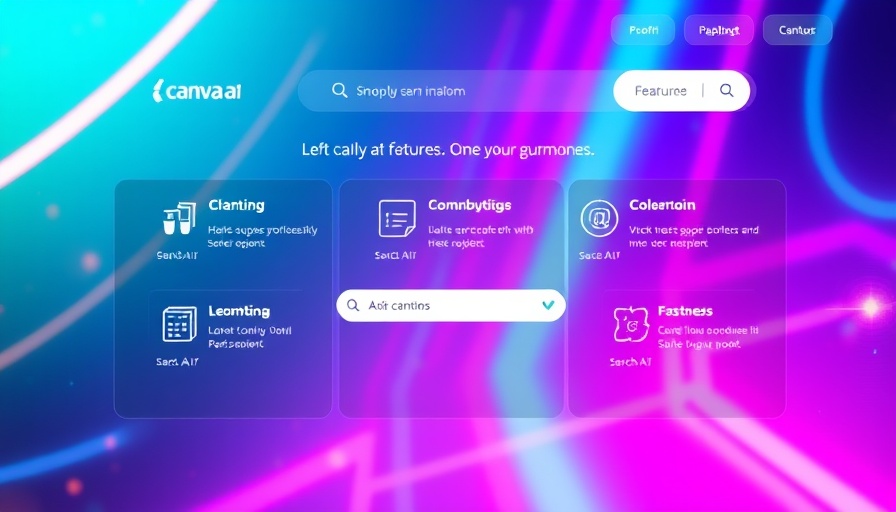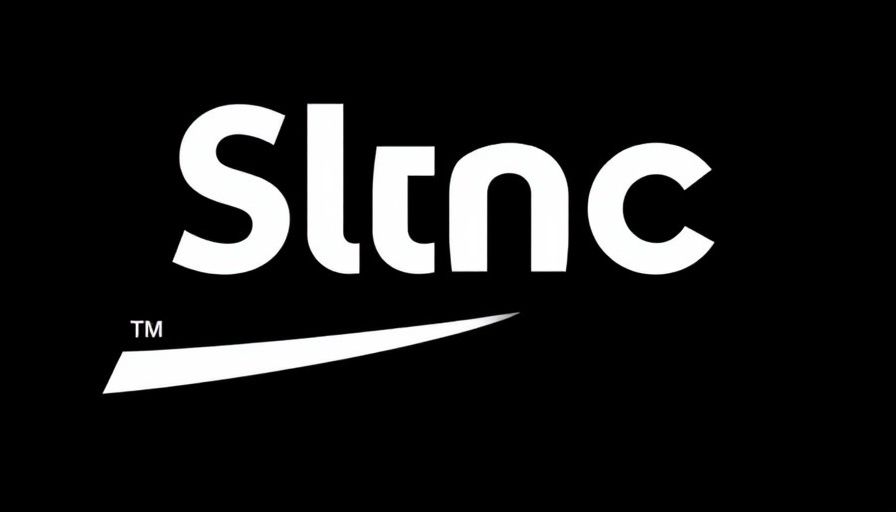
Understanding the New Landscape of AI Search Visibility
As small and medium-sized businesses navigate the digital world, one fact stands paramount: the majority of AI-driven searches are zero-click searches. This means the key to visibility now lies in how well your site meets the stringent criteria set by AI crawlers. Unlike their Google counterparts, AI bots have specific demands for site health that, if ignored, could render a business invisible in the burgeoning AI search space.
The Role of Site Health in AI Visibility
Site health is becoming increasingly crucial for brands aiming to maintain a digital footprint. With predictions of traffic drops, understanding and optimizing how AI crawlers interact with your site is essential. These bots don’t browse like humans; they directly access your HTML and make quick judgments on whether your content warrants processing or not. Failure to meet their requirements can impede visibility, ultimately affecting your bottom line.
Challenges Faced by Site Owners
Websites can easily fall prey to the operational limitations of AI crawlers. Websites relying heavily on JavaScript are at a particular disadvantage, as AI bots do not execute scripts to render content. This implies that crucial parts of a site may be entirely skipped. For instance, if your site's main functionality hinges on client-side rendering, you might as well be invisible. Further complicating matters, content-heavy pages that require many requests to load could lead crawlers to view your site as too bloated.
Critical Technical Truths About AI Crawlers
To prepare for AI search visibility, it’s vital to understand specific technical realities. For example, AI crawlers prioritize loading speed and efficiency. They bypass any intricate JavaScript dependencies and may become overwhelmed if a site’s caching is misconfigured—leading them to abandon or ignore sites that can’t be swiftly navigated. Quick checks can be made by loading your site with JavaScript disabled and analyzing what content the AI sees.
The Gap in Traditional SEO Practices
Traditionally, SEO audits have centered around Google’s crawling capabilities and user engagement metrics. However, LLMs (Large Language Models), which underpin AI technologies, operate under different paradigms. While Google’s bots have advanced capabilities, LLMs require immediate and clear access to information through semantic HTML and well-structured data.
Applying the FAST Framework for Readiness
To ensure your site is AI-ready, consider applying the FAST framework:
- F - Fetchable: Assess if an AI can access your HTML without needing to render it.
- A - Accessible: Confirm that all your important content is readily displayed and easily digestible without additional actions.
- S - Structured: Ensure data is organized using schema markup, which allows AI systems to glean context more effectively.
- T - Treatable: Determine if your site’s content can be processed accurately to meet consumer queries.
Looking Ahead: Future Trends in AI Search Engines
The integration of AI in search engines is only expected to advance, with implications for visibility and content management. Businesses that quickly adapt to these trends will maintain an edge, allowing them to engage more effectively with their target audiences.
Conclusions and Actionable Insights
The necessity for optimizing site health extends far beyond traditional metrics. The adaptability shown in ensuring that your site is AI-friendly will determine your competitiveness in the digital landscape. Prioritize the FAST framework for immediate action and ensure your business doesn’t fade into obscurity as AI technologies continue to shape how consumers search for information.
 Add Row
Add Row  Add
Add 




Write A Comment